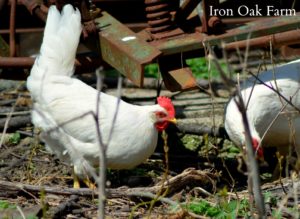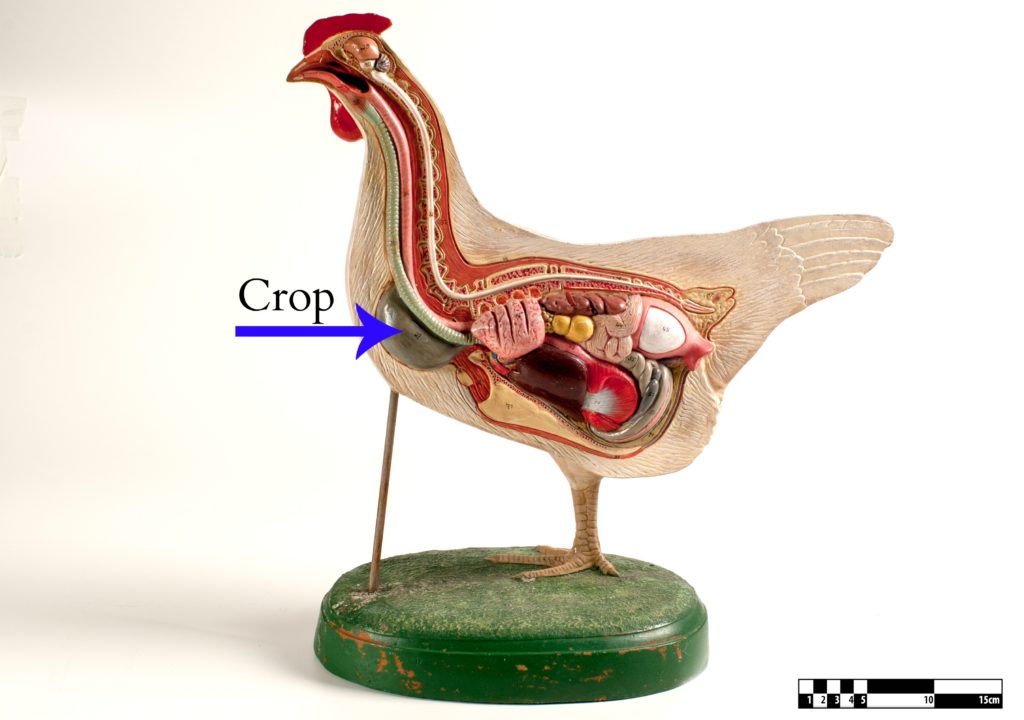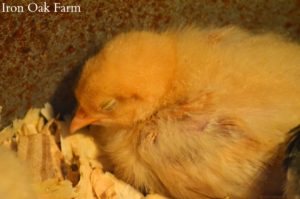 By Jennifer Sartell
By Jennifer Sartell
It’s been my experience that the more natural a life you can provide animals, the less health problems you will experience and the less money you will have to spend to keep your animals happy.
We’ve raised chickens both in a free range setting and in a contained coop and run. And even though our chickens (at the moment) are contained for a breeding program I’m starting, I much prefer free range.
Free ranging is easy. The chickens look fabulous and they produce the most delicious eggs when they’re roaming the yard, gathering weeds, insects and exploring away from the confines of the coop.
When they’re locked up in an enclosed run, it demands a lot more effort from me to provide them with healthy greens, mealworms and supplements to mimic what nature intended for a healthy chicken.
Grit
One of those supplements is grit.
To understand the role of grit in your chicken’s digestive system we will explore the crop.
 The crop is a sack that sits on the right side of the chicken’s lower esophagus. When a chicken eats, the food moves down the throat to the crop where it begins the first step in digestion. Chickens don’t have teeth, so they can’t chew their food before they swallow it. Instead, “chewing” happens in the crop. A chicken will pick up and swallow small stones and bits of sand that also move to the crop. The stones grind the food into smaller pieces before moving further on in the digestive process.
The crop is a sack that sits on the right side of the chicken’s lower esophagus. When a chicken eats, the food moves down the throat to the crop where it begins the first step in digestion. Chickens don’t have teeth, so they can’t chew their food before they swallow it. Instead, “chewing” happens in the crop. A chicken will pick up and swallow small stones and bits of sand that also move to the crop. The stones grind the food into smaller pieces before moving further on in the digestive process.
When chickens are in a contained setting, their access to stones/gravel is limited so chicken keepers provide grit to replace this. Grit is usually crushed granite provided free choice in a separate container away from the feed.
If your chickens free range, you don’t have to provide them with grit. Chickens will find stones just as they did in nature to grind their feed. That’s one less thing on the feed store grocery list.
Caution Checklist:
Grit is imperative to healthy digestion for your chickens. So before you eliminate grit from your chicken’s diet ask your self these questions:
 Are your chicken’s truly free range? (Since this definition can describe many different living conditions)
Are your chicken’s truly free range? (Since this definition can describe many different living conditions)
Do they have access to large areas of land that is not saturated or over utilized by your flock?
Is the area still supporting plant growth? Or is it barren due to a build up of chicken droppings or over pecking? Many times areas like this do not provide proper opportunities for grit.
Do your chickens have access to a free range setting on a daily basis for several hours? Letting your chickens free range for an hour once a week while you work in the garden is not enough time to keep a healthy crop.
If you answered “no” to any of these questions, I would advise keeping grit as part of your supplement regimen.
 Baby chicks in a brooder type setting should also be fed grit, top dressed on their feed. It should be a grit designed especially for young birds. The granite will be crushed to a smaller consistency to prevent choking and is often flavored with anise to attract chicks.
Baby chicks in a brooder type setting should also be fed grit, top dressed on their feed. It should be a grit designed especially for young birds. The granite will be crushed to a smaller consistency to prevent choking and is often flavored with anise to attract chicks.













3 Comments
One of my hens (7 mos old and laying) isi sitting in the nest box and it is 7:00pm. All the other hens have gone to roost but her. She laid an egg this morning so I am wprried a out her. She seems normal, her body is normal temp feeling, and she fussed at me when I checked to see if she had alid an egg. Anyone have any idea if anything is wrong or why she is doing this? Help please!!
Um sorry, your details are incorrect. The crop is just temp storage. The gizzard is where the grinding with grit takes place.
Other than that, good article.
Im sorry but the.information is inaccurate. There are no muscles associated with the crop. It is nothing more than a ‘shopping bag’ to store food as they collect it. The grinding down occurs in the muscular gizzard!